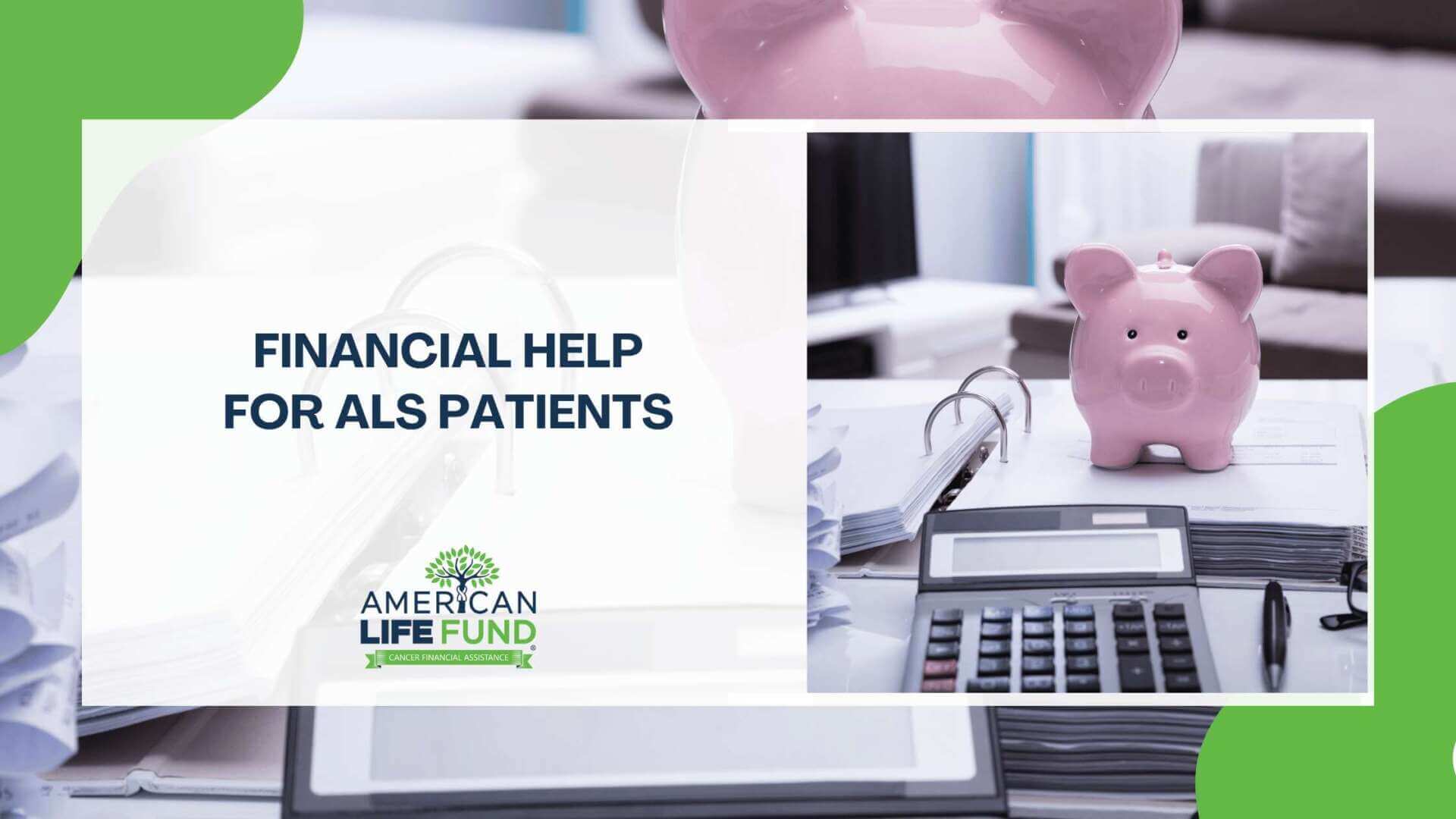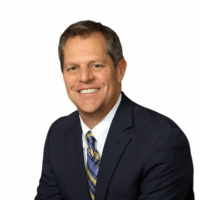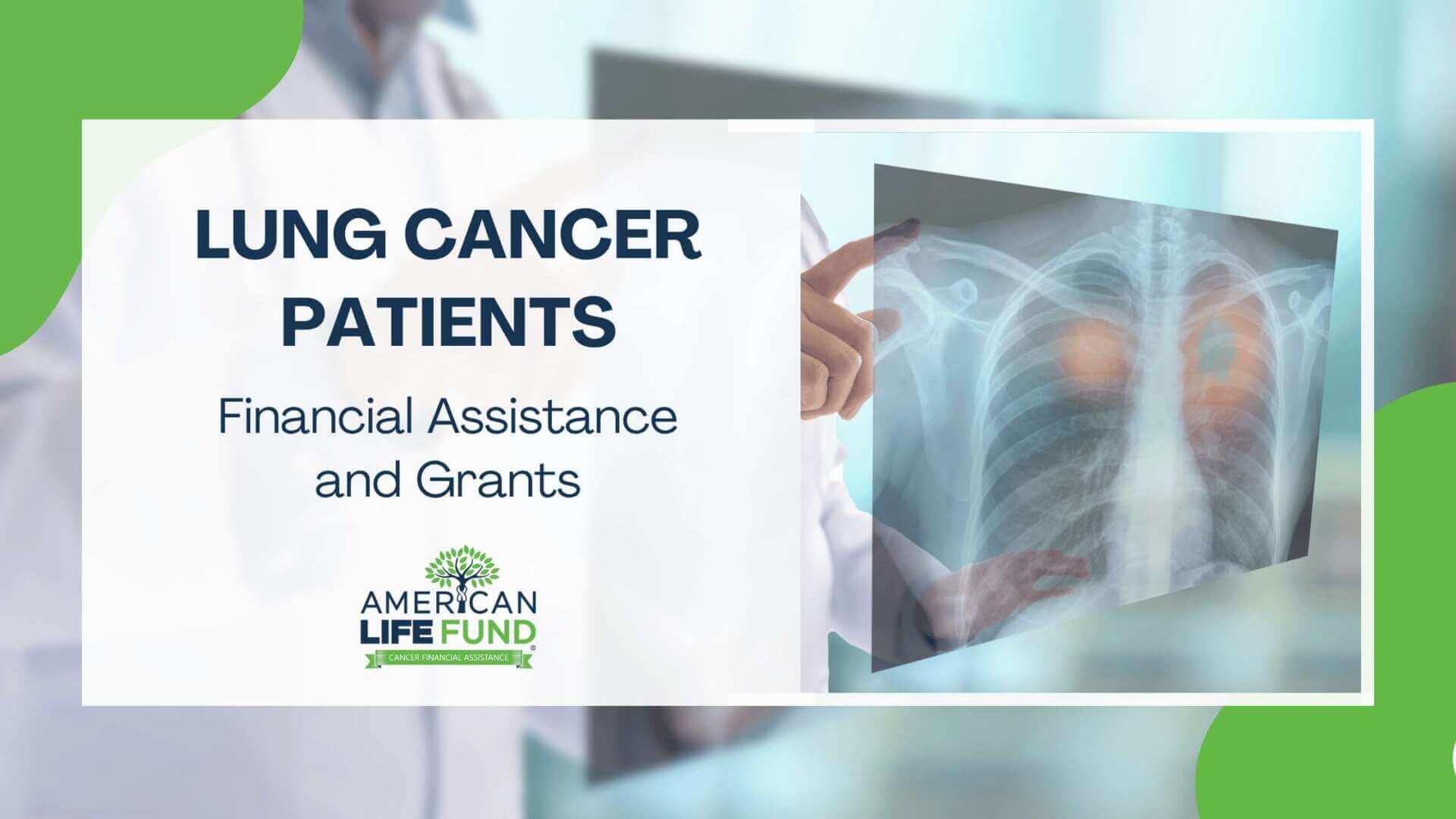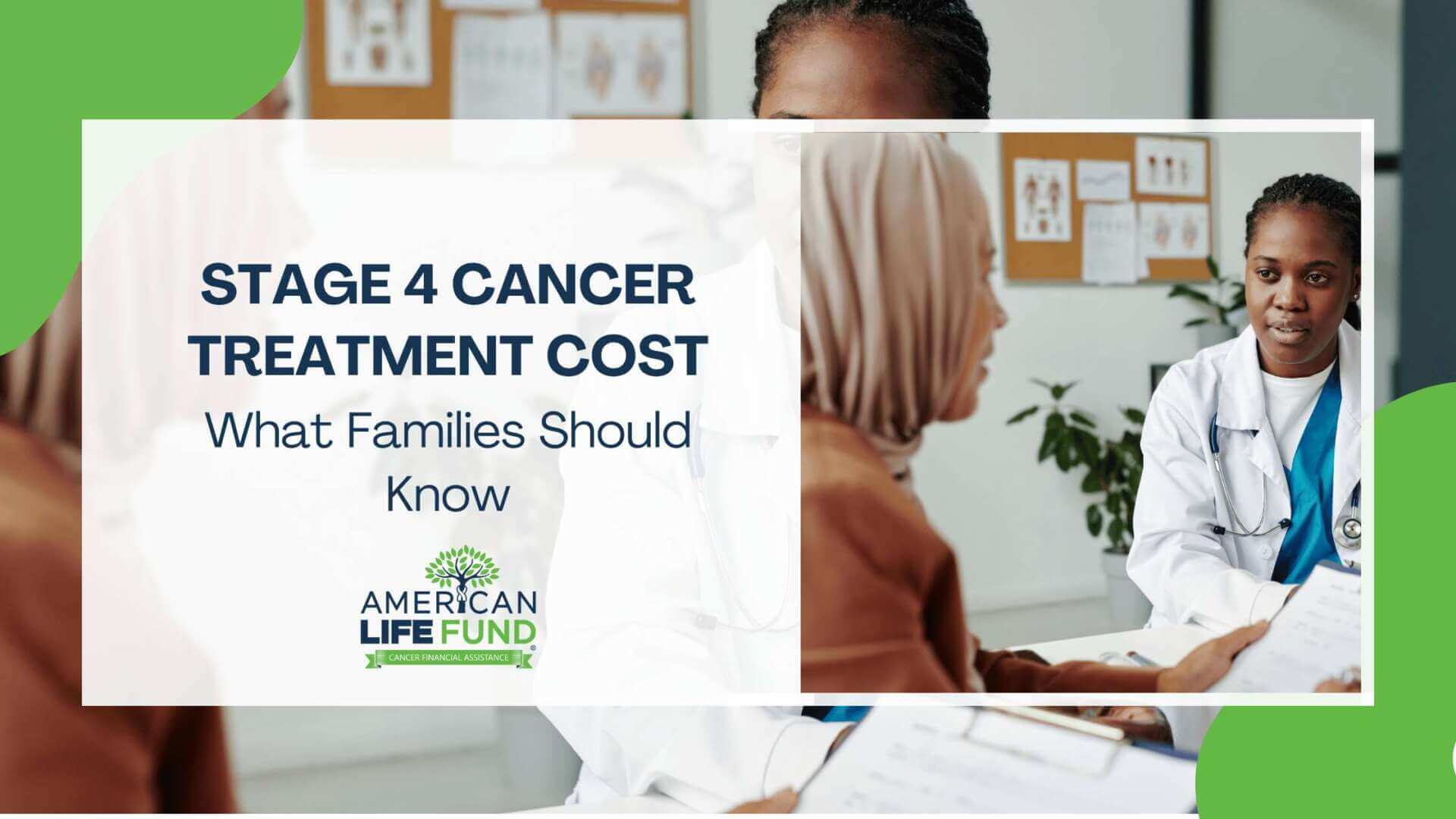Empowering people living with ALS to turn financial strain into financial strength through real support and smarter insurance solutions.
Amyotrophic Lateral Sclerosis (ALS) changes everything, including money. The diagnosis can turn everyday costs into a financial mountain, one that grows fast. Prescription drugs alone can reach $150,000 a year, not counting wheelchairs, home modifications, or communication devices. Families often spend thousands more on travel to clinics, respite care, and support services.
While nonprofit organizations and government programs offer financial assistance, most families still face coverage gaps that private insurance and Medicare don’t fill. Some raise funds through community drives, others rely on financial counseling to stay ahead of medical expenses and lost income. Yet there’s a faster, more direct way to access meaningful support, one that starts with your existing life insurance policy.
The Financial Reality of Living with ALS
Living with ALS means facing constant medical costs that shift and grow with every stage of the disease. Each hospital stay, prescription refill, and equipment upgrade adds weight to the budget. The average annual out-of-pocket cost for ALS patients often exceeds $80,000, climbing sharply with home modifications or advanced assistive devices.
Durable medical equipment like powered wheelchairs, lifts, and communication devices can add another $20,000 to $50,000 in a year. Health insurance and private insurance often pay part of the bill, but copayments and coverage gaps remain. A primary caregiver may leave work to manage daily care, turning lost income into another layer of expense.
Veterans diagnosed with ALS may qualify for additional benefits through state-run programs, and families often depend on support groups and financial assistance programs to manage indirect costs. Yet these options rarely match the full reality of living with ALS. That’s why many families explore new financial decisions and planning strategies designed to create immediate relief.
Financial Assistance Programs with Real Numbers and Real Impact
Financial help for ALS patients can come from several targeted financial assistance programs designed to cover specific medical expenses, insurance coverage gaps, and day-to-day costs. These programs, offered by nonprofit organizations and state-run initiatives, bring direct relief to families affected by ALS who face growing healthcare costs and limited private insurance coverage.
The ALS Association – Hoffman ALS Financial Assistance Program
The Hoffman ALS Financial Assistance Program offers up to $1,000 each year to help people living with ALS reach the care they need. The grant covers transportation to ALS clinics, hotel stays, copayments, and even lost wages for appointments. It is available nationwide through local ALS Association chapters. Applications are reviewed by a Care Services team after a short online submission. For patients balancing treatment options and travel, this support can offset real, immediate costs without long waiting periods.
HealthWell Foundation – ALS Fund
The HealthWell Foundation provides financial aid of up to $15,000 annually for ALS treatment costs such as copayments, prescription drugs, and Medicare Part B premium assistance. Patients typically receive around $3,000 per year, helping bridge the gap between insurance coverage and what healthcare providers charge. Applicants must have ALS, verified insurance, and household income under about 500% of the federal poverty level. This program stands out because it directly targets healthcare costs tied to ongoing ALS treatment.
The Susie Foundation – Flex Grant Program
The Susie Foundation’s Flex Grant supports families who need funds for home modifications, durable medical equipment, or respite care. Awards are made twice each year and focus on applicants facing urgent financial strain. While the foundation does not publish an exact maximum, grants often cover large expenses that private insurance does not fully reimburse. For many caregivers, these grants help maintain well-being and sustain daily living arrangements.
Help Hope Live – Community Fundraising Support
Help Hope Live takes a different approach to financial assistance. Instead of offering fixed grants, it helps ALS patients and their caregivers raise funds for assistive devices, transportation costs, or communication equipment. Each campaign is tax-deductible and professionally managed, which protects eligibility for disability benefits and other resources. One family recently raised over $10,000 in two weeks to buy a wheelchair-accessible vehicle. The application is quick, followed by personal guidance from a Client Services Coordinator.
U.S. Veterans Benefits – Department of Veterans Affairs ALS Support
For veterans diagnosed with ALS, the Department of Veterans Affairs recognizes the disease as service-connected. This distinction grants access to tax-free disability benefits, monthly compensation, and premium assistance for medical treatment. Veterans may also qualify for a vehicle grant of $25,603.02, housing adaptation funds, and coverage for assistive technology and home modifications. These programs give veterans and their families tangible financial stability while maintaining access to healthcare providers familiar with ALS care.
Live Like Lou Foundation – Quality-of-Life Grant
The Live Like Lou Foundation awards up to $2,500 to families seeking improvements that enhance daily comfort and independence. Grants support assistive devices, innovative technology, and home modifications not covered by insurance. Applications open each year for registered families within the ALS community. The process is straightforward and focused on delivering meaningful support to improve living environments.
ALS United North Carolina – Care Grant Program
This state-run program offers $750 per period, with up to three submission cycles each year. The grant covers transportation costs, respite care, communication devices, and home modifications. Applicants must live in North Carolina and provide documentation of ALS diagnosis. While regional, this initiative sets a strong example of how local nonprofit organizations can offer direct, measurable support for medical costs and assistive technology.
Together, these programs reveal a practical truth: meaningful financial assistance exists for ALS patients, caregivers, and families, but each has limits. Grant caps, eligibility requirements, and state boundaries mean many expenses remain uncovered. For people seeking faster and larger access to funds, other financial planning options can create stability without waiting months for approvals.
When Financial Assistance Isn’t Enough
Each of these programs offer hope by supporting people living with ALS. A $1,000 travel grant or a $15,000 premium assistance fund can mean the difference between attending a clinic or skipping care. These programs exist because every form of relief matters.
Still, the financial reality of ALS often extends beyond what any single grant can reach. The cost of ongoing medical treatment, equipment, home modifications, and indirect costs like lost income can outpace what nonprofits and insurance coverage provide. Even with the best financial assistance programs, many families find themselves searching for new ways to create stability and maintain quality of life.
That’s where larger-scale financial planning options, like using an existing life insurance policy to access immediate funds, can become an important part of the picture.
A Faster Path: Turning Your Life Insurance into Immediate Cash
For many people living with ALS, the cost of care builds faster than even the best financial assistance programs can respond. A viatical settlement through American Life Fund offers a direct way to ease that pressure, converting your life insurance policy into immediate cash you can use for what matters most.
You decide where the money goes. Some families put it toward medical expenses or healthcare providers, while others cover home modifications, assistive equipment, or daily living costs. The funds are yours to use without restrictions or delays.
Eligibility is simple.
If you’ve been diagnosed with a serious medical condition like ALS, hold a life insurance policy that’s at least two years old, and the policy’s value is $200,000 or more, you may qualify. Most policy types are accepted: whole life, term, universal, or group coverage. Once you apply, our team confirms eligibility and prepares a personalized estimate.
The process moves quickly.
You’ll start with a free quote. After reviewing your details, we’ll walk you through the paperwork and keep you informed each step of the way. From application to payment, many clients receive their funds within just a few weeks. That speed can mean the difference between waiting for approval from limited-budget programs and having real support in hand when you need it.
The benefit is immediate.
Qualified policyholders can access up to 70% of their life insurance value, often tax-free under federal guidelines. There are no future premium payments, no middlemen, and no uncertainty about when the money will arrive. Everything is handled with transparency, privacy, and care.
At American Life Fund, every client’s situation matters. The team has helped thousands of people turn insurance policies into financial relief, with compassion, honesty, and speed. When the need is urgent, a viatical settlement can provide the stability to focus on well-being and time with the people who matter most.
Financial Aid for ALS Treatment: How to Decide
Making a financial decision during ALS treatment is personal. Every diagnosis, every family member, and every budget is different. Some find that traditional financial aid programs meet immediate needs. Others need something faster and more flexible, a viatical settlement that converts life insurance into cash when it’s needed most.
Start by reviewing your medical coverage. Check what’s fully covered and what still creates out-of-pocket costs or co payments. Then calculate ongoing ALS-related expenses such as home care, mobility equipment, and therapy. Even strong insurance plans rarely cover every aspect of living with Lou Gehrig’s disease.
Next, consider eligibility. To qualify for a viatical settlement through American Life Fund, you or a family member must hold an active life insurance policy that meets the coverage amount and age requirements. The process begins with a free quote, a clear way to see whether this option aligns with your needs.
If the goal is stability, flexibility, and the freedom to direct funds where they help most, a viatical settlement may be the strongest path forward. It allows you to access immediate financial aid without waiting through funding cycles or state approvals. The money becomes a tool for security, giving you choice in how to manage care, support, and time.
Take the Next Step
Financial stability during ALS treatment begins with knowing your options. If you’re exploring ways to offer financial aid for yourself or a family member, the team at American Life Fund is ready to help. Every conversation is private, every question is welcome, and every case receives personal attention from experts who understand both the financial and emotional weight of this journey.
You can start today with a free quote or speak directly with a financial counselor about your eligibility.
Contact Info
We’re available 24/7 to answer questions or begin the process.
(877) 261-0632
info@americanlifefund.com




